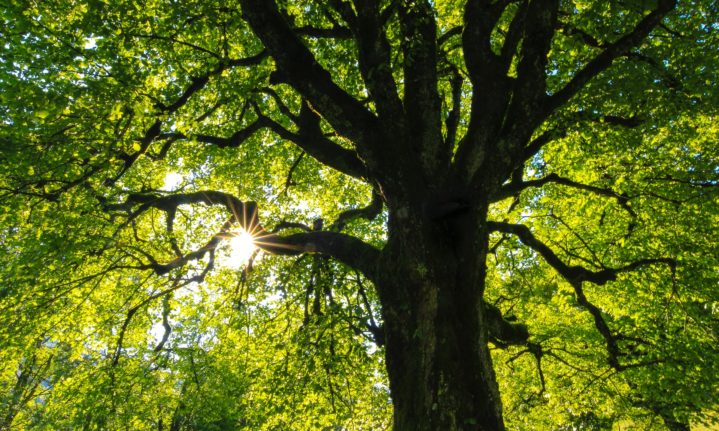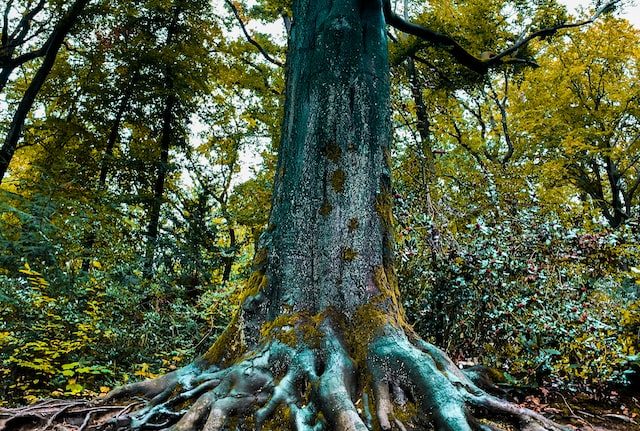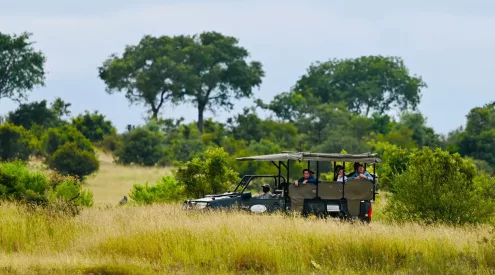Trees don’t speak, right? Wrong. We might just not understand their language. We take a look at the intricate world of trees, how they communicate and the invaluable role they play in almost every ecosystem.
By Julia Kausch
It turns out that trees are actually quite chatty – albeit in their own way. We might venture out for special treehugger moments during which we plant trees and swear by our gardening practices of talking or playing music to our beloved little plants but we know surprisingly little about how trees communicate amongst themselves.
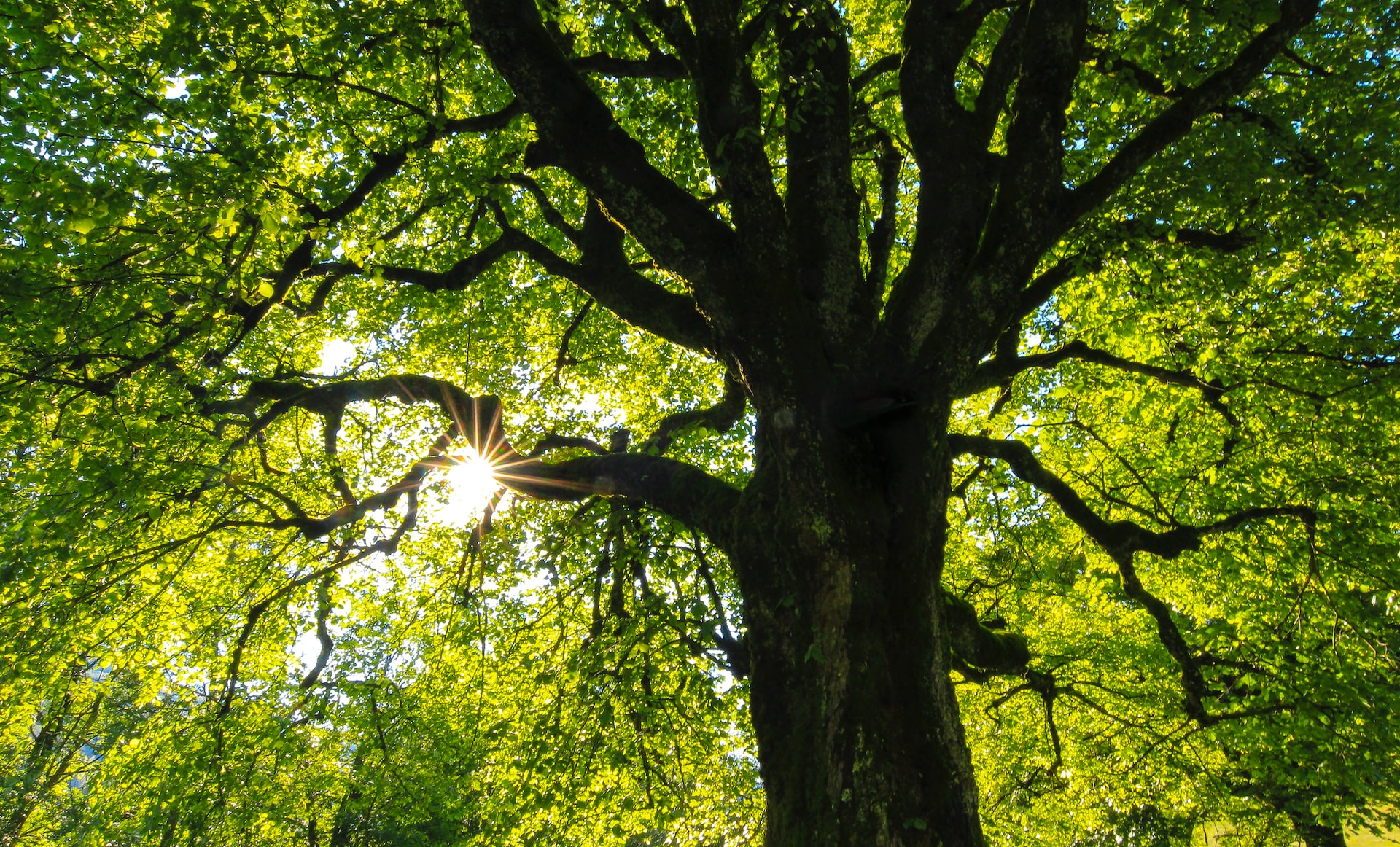
A few years ago, the DFFE (The Department of Forestry Fisheries and the Environment, former DAFF) launched Arbor Week in an attempt to ‘promote and create a better life for all,’ where South Africans are encouraged to ‘plant indigenous trees as a practical and symbolic gesture of sustainable environmental management.’ This year, a whole month is dedicated to the forests.
This year’s theme is “Forests and Sustainable Production and Consumption” and focuses on the sustainable development and management of forests in the country. Benefits of trees and forests in particular range from combatting climate change through CO2 absorption, creating habitat for wildlife, and better quality of air, water, and soil.
German forester, Peter Wohlleben is the author of the most unlikely New York Times-Bestseller one could imagine: The Hidden Life of Trees. What They Feel, How They Communicate. Scientists have long been studying the ways in which trees and forests, in particular, survive, and have made some surprising discoveries.
How do trees communicate?
Other species besides humans such as whales and dolphins have been said to communicate using a type of “language”. When it comes to trees, scientists point out that instead of language, they make use of types of nonverbal communication and one in particular: scents. This works quite similar to how scents in humans are known to help find future partners, with whom they want to procreate.
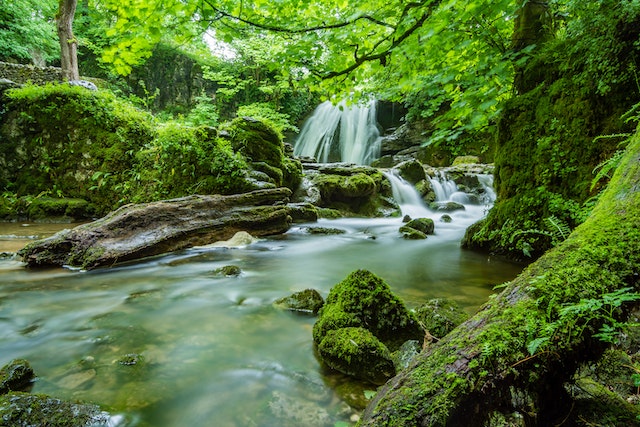
As one example of this form of communication, Wohlleben names the thorn acacias in the African savannah, a personal favourite of the local giraffes. The tree instantly starts releasing a bitter toxin that makes it inedible to the feeding animals as a defense mechanism. Interestingly, this signal is shared with neighbouring trees that start giving off the same toxin. As a result, the giraffes do not even approach these closer trees, but continue their mission to other acacias upwind. This means that for all practical intents, trees have a sense of smell.
The Wood Wide Web
Not all trees communicate equally: beeches, spruce, and oak are known to be able to detect insects’ saliva and act on it, giving them a sense of taste as well. Suzan Simard, professor of forest ecology at the University of British Columbia, argues that other trees use an underground fungal system that is set up in a rhizomatic, brain-like pattern, to share chemical information about potential threats.
This mycorrhizal network is of a symbiotic nature: While the fungi deliver nutrients such as water, nitrogen, and other minerals, trees offer sugar (carbon) in return. This process, however, only works when the different trees are connected to the same “fungal internet“, which Simard has labelled the “wood wide web.” The trees make use of this connection to warn one another, not just by means of chemicals, but also by electrical impulses. And more than that: the fungi also help them recognise their own species in a phenomenon called “kin recognition“.
READ: Are you ready to change the world at Greenpop’s Festival of Action?
Surprisingly, trees even go so far as to connect to other trees’ root systems in order to directly share nutrients. In a study published in Oecologia, isotope tracing was utilized on Birches in order to substantiate that trees, indeed, share nutrients when needed. In the study, fir trees were starved of sunlight, rendering them incapable of photosynthesis and receiving nutrients, which they instead received from a nearby birch tree. According to Simard, trees in a forest are often linked to an older tree, the “mother” or “hub” and their links are not necessarily distributed evenly amongst one another.
As Wohlleben puts it, this could be happening for one of two reasons: Either the trees just randomly connect when they “bump” into each other, or they reach out for active, reciprocal support from their kin. As a single tree is incapable of sustaining the climate that is needed in order for each tree to survive (and procreate), a tree community is crucial to every single tree’s survival – there is safety in numbers.
Trees respect personal space
If you look up at a forest canopy, you’ll notice that the branches of different trees rarely touch, even though they are usually standing in close vicinity to one another. “Canopy shyness” is a phenomenon in which the trees only grow as far as their neighbouring trees’ canopy and stop just before they would normally touch the other trees’ branches so as not to encroach on their neighbour’s sunlight.
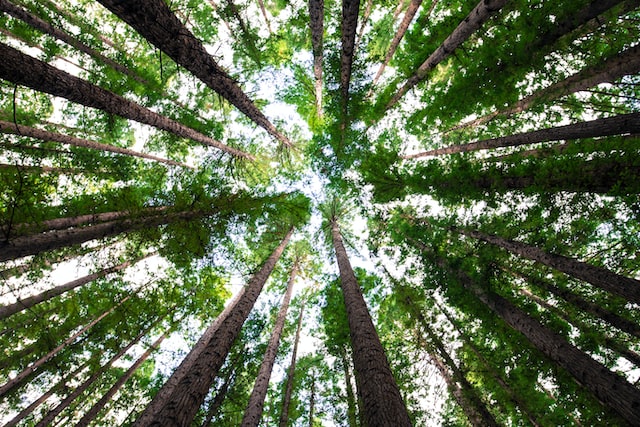
Though trees have different manners in which they communicate, they are never connected equally to all neighbouring trees. Wohlleben calls this type of hierarchy within the community not a class system, but measures each tree’s “membership” in the community in a degree of connection. Though some are less likely to share nutrients with other trees, others are so deeply connected that they even die together, and even cut-down tree stumps can stay alive as they are being “fed” by their neighbouring trees.
To see the forest for the trees
Interestingly, looking at planted forests, Wohlleben asserts that sometimes their root systems are so severely damaged when they are planted that connections such as the ones that are established in a naturally grown forest cannot be achieved. ‘As a rule, trees in planted forests like these behave like loners and suffer from their isolation.’ As a result, the lifespan of each of these trees, as well as the forest as a whole, is drastically diminished.
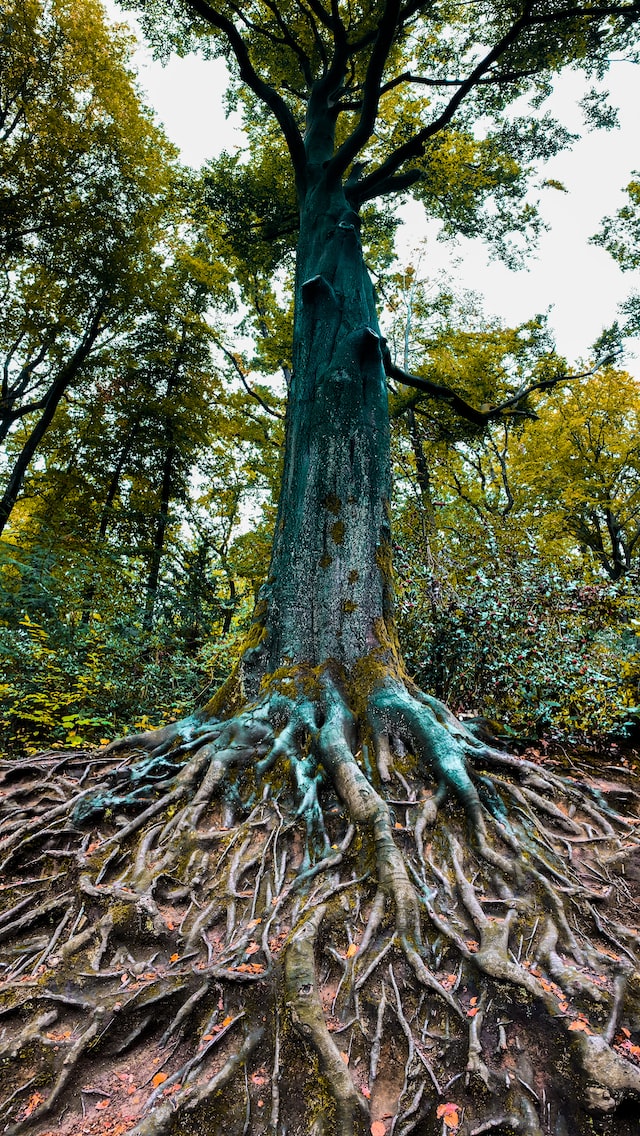
But scent, root, and fungal networks are not the only ways in which trees communicate: Researchers from the University of Western Australia have made the remarkable discovery that forest trees give off sounds at 220 hertz through their root systems. Seedlings’ exposure to the crackling at this specific frequency led them to align their tips towards the source of the sound: they heard it. At this point, it is important to note, however, that further research is being conducted and the correlation has not yet been established as causation.
So, does that mean that forests cannot be planted? Yes and no. Old, strong forests are not likely to result from a planted forest but planting forests will still help to combat climate change and improve environmental factors. Forests such as these are valuable in that they provide a home for birds and bees, generate oxygen – and, possibly, create the basis for their offspring to create a healthy, interconnected forest.
New to tree planting and looking to get your hands dirty? Organisations such as Greenpop, Trees, or Wild Restoration offer different opportunities to get involved. Happy planting!
Pictures: Unsplash
ALSO READ: Forest bathing and why you need to do it









